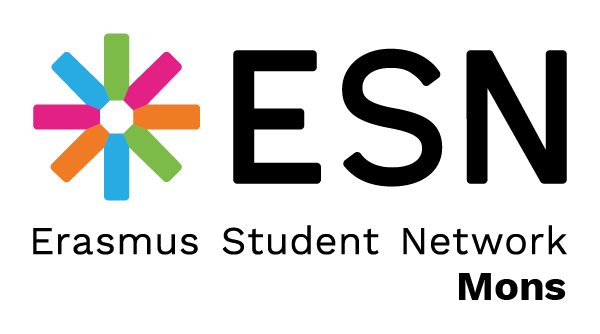Mons is a quite small city, which you can cross by foot in about 15 minutes (intramural). You may rent or buy a bike to move faster, however, be cautious, since the city is not really adapted to biking and (too) many bikes have been stolen in Mons.
Bus
To travel even faster or further, you can buy a TEC1 bus pass (if you are less than 24 years old) for €12, plus about €5 for a Mobib card. Some important lines departing from the train station are:
- City R: move around the city via the boulevards and cross the Grand Place.
- 60: goes across les Grand Prés (city mall, including Ikea).
- 50: goes to the swimming pool, Action, etc.
Train
To go farther, you can use the trains of the SNCB2. Under 26 years old, you can use the youth tickets, which will cost (national trips only) about €7.10 a trip, or €59 for 10 trips with a Go Pass.
Plane
If you need to travel even farther and the train takes too much time or is (sadly) too expensive, you may use the plane from or to one of the two main passengers airports of the country.
The nearest is Charleroi airport, often called Brussels South Airport (aéroport de Charleroi in French). The airport code is CRL, and it is a bit less accessible since you either need to take a shuttle from the airport to Mons or a TEC shuttle plus a train. However, several Ryanair flights transit by this airport.
The second airport is Brussels airport. This airport code is BRU, it is directly connected to the railway, allowing you to quickly join Mons.
- TEC stands for Transport En Commun in French, i.e., public transport. Notice that TEC is specific to Wallonia, therefore in Flanders, you will have to use the Lijn, and for Brussels you must use both the STIB or the Lijn. The MOBIB is valid for any of these companies. ↩︎
- SNCB stands for Société Nationale des Chemins de fer Belge in French, i.e., Belgian National Railway Company. Notice that in Dutch, it is called the NMBS, which stands for Nationale Maatschappij der Belgische Spoorwegen. ↩︎
